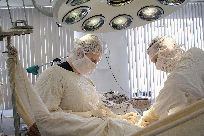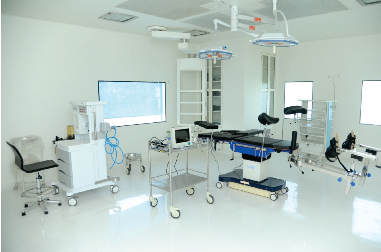The National Hemophilia Foundation (NHF) has awarded CSL Behring its 2015 Corporate Leadership Award as recognition for the company's longstanding and unwavering commitment to advancing science and improving the care of the bleeding disorders community. The award was accepted by Paul Perreault, CEO and Managing Director, CSL Limited, during the NHF Annual Spring Soiree in New York City on May 21.
"The National Hemophilia Foundation is dedicated to finding better treatments and cures for bleeding disorders," said Val Bias, Chief Executive Officer of NHF. "CSL Behring shares NHF's vision and commitment to providing education, advocacy and research opportunities that strive to improve the well-being of patients and their caregivers. We applaud CSL Behring's leadership and dedication to delivering innovative products and programs that make a meaningful difference in the lives of the bleeding disorders community."
World-class research and development, high quality manufacturing, and patient-centered management are the longstanding hallmarks of CSL Behring in serving the bleeding disorders community. Driven by its commitments to the community, CSL Behring develops and delivers innovative protein-based therapies, and leading educational and emotional support programs that improve the lives of people living with hemophilia, von Willebrand disease and other serious bleeding disorders. By closely partnering with the hemophilia community, CSL Behring has achieved significant advancements in its Recombinant Factor Development program which, upon regulatory approvals, will provide hemophilia A and B patients with new treatment options.
The company also continues to advance patient, caregiver and researcher support through highly impactful programs, including:
My Source? program — one-stop location for CSL Behring's patient-support resources for the U.S. bleeding disorders community
Common Factors series of educational events
My Access? cost share program
Gettin' in the Game? events and the Gettin' in the Game? Junior National Championship program
CSL Behring Professor Heimburger Award for Coagulation Research
Pledge to the World Federation of Hemophilia to donate bleeding disorder therapies and provide financial contributions.
To learn about CSL Behring's programs for the U.S. bleeding disorders community, please visit: www.MySourceCSL.com.
"CSL Behring has long been at the forefront of protecting the health of people living with a range of serious and chronic medical conditions," said Paul Perreault, CEO and Managing Director of CSL Limited. "NHF's goals align with our focus to develop and deliver innovative products and programs that save people's lives and improve the quality of their lives. On behalf of CSL's 14,000 employees around the world who are driven by our deep passion and commitment to the global bleeding disorders community, I'd like to thank NHF for recognizing us with this year's Corporate Leadership Award."
About the Spring Soiree
The Annual Spring Soiree publically acknowledges outstanding leaders whose exemplary contributions have significantly advanced NHF's mission to find better treatment and cures for bleeding disorders and to prevent the complications of these disorders.
About NHF
The National Hemophilia Foundation (NHF) is dedicated to finding better treatments and cures for inheritable bleeding disorders and to preventing the complications of these disorders through education, advocacy and research. There are over 400,000 people worldwide who are affected by hemophilia, an inheritable bleeding disorder in which the blood does not clot normally. Seventy percent of these individuals do not have access to treatment and care, resulting in severe joint damage, extreme pain, and possible life-threatening bleeds. NHF is the premier organization in the U.S. serving the bleeding disorders community. For more than 65 years, NHF continues to be a vital resource for prevention education and provides a network of support for the estimated 20,000 Americans living with hemophilia and their families.
About CSL Behring
CSL Behring is a leader in the plasma protein therapeutics industry. Committed to saving lives and improving the quality of life for people with rare and serious diseases, the company manufactures and markets a range of plasma-derived and recombinant therapies worldwide.
CSL Behring therapies are used around the world to treat coagulation disorders including hemophilia and von Willebrand disease, primary immune deficiencies, hereditary angioedema and inherited respiratory disease, and neurological disorders in certain markets. The company's products are also used in cardiac surgery, organ transplantation, burn treatment and to prevent hemolytic disease of the newborn.
CSL Behring operates one of the world's largest plasma collection networks, CSL Plasma. CSL Behring is a global biopharmaceutical company and a member of the CSL Group of companies. The parent company, CSL Limited (ASX:CSL), is headquartered in Melbourne, Australia. For more information, visit www.cslbehring.com.
Contact:
John Indence
National Hemophilia Foundation
Office: 212-328-3763
Jinden@hemophilia.org
Greg Healy
CSL Behring
Office: 610-878-4841
Mobile: 610-906-4564
Greg.Healy@CSLBehring.com
To view the original version on PR Newswire, visit:http://www.prnewswire.com/news-releases/national-hemophilia-foundation-honors-csl-behring-with-corporate-leadership-award-300087820.html
SOURCE CSL Behring

















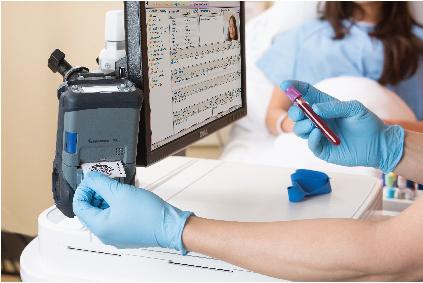


 “One of our board members was actually a mentor in the Accelerator program,” explains mPharma co-founder and CEO Gregory Rockson. “At that time we had already begun to develop our solutions and realized that the research and other resources available in a program like the Accelerator would be very valuable, so we applied immediately.” mPharma was one of only eleven applicants accepted.
“One of our board members was actually a mentor in the Accelerator program,” explains mPharma co-founder and CEO Gregory Rockson. “At that time we had already begun to develop our solutions and realized that the research and other resources available in a program like the Accelerator would be very valuable, so we applied immediately.” mPharma was one of only eleven applicants accepted.

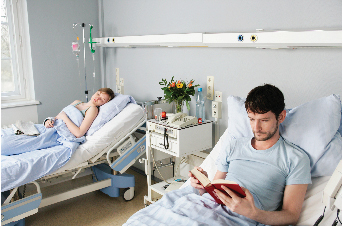
 There are a number of intervention activities that have proven to be effective in helping those with chronic conditions maintain a good health status for longer with limited resources; the challenge is working out where they will be most effective.
There are a number of intervention activities that have proven to be effective in helping those with chronic conditions maintain a good health status for longer with limited resources; the challenge is working out where they will be most effective.

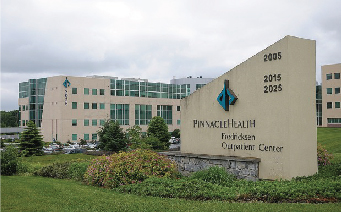 About Waypoint Consulting
About Waypoint Consulting
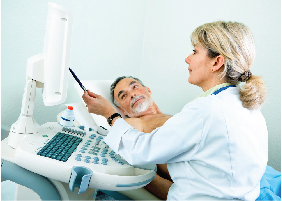
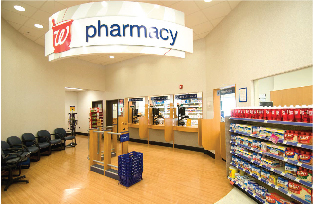


 In the healthcare world, similar efforts to make the most of data are leading to improved efficiency, shorter waiting times, better resource allocation, and ultimately a better outcome for patients.4
In the healthcare world, similar efforts to make the most of data are leading to improved efficiency, shorter waiting times, better resource allocation, and ultimately a better outcome for patients.4



